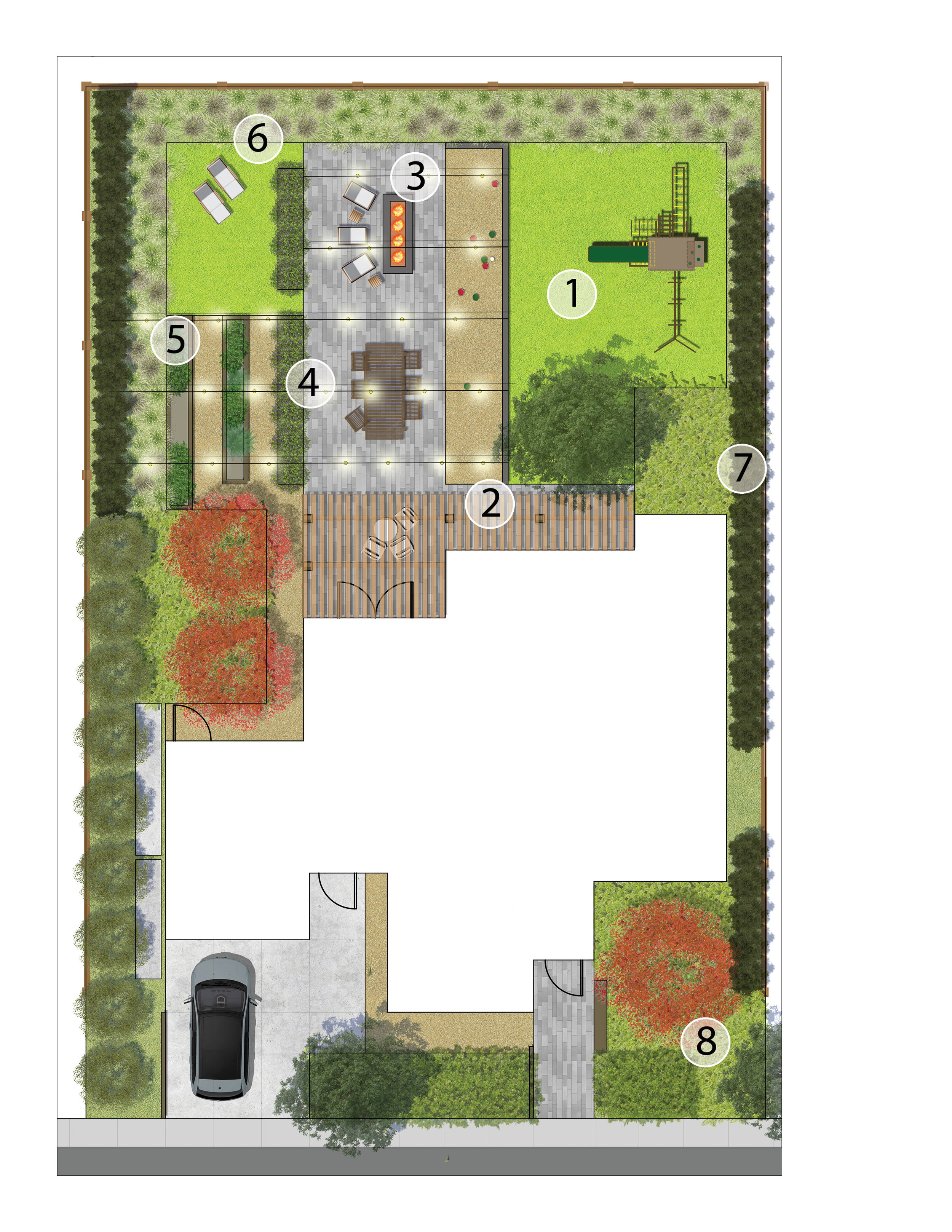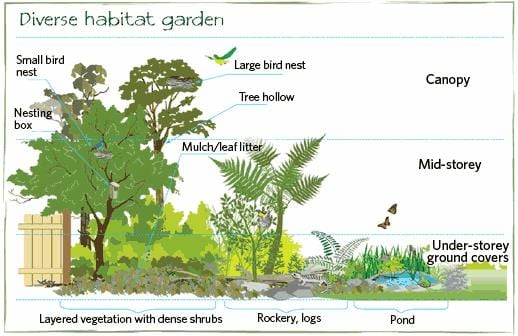The 5-Second Trick For Hilton Head Landscapes
The 5-Second Trick For Hilton Head Landscapes
Blog Article
What Does Hilton Head Landscapes Do?
Table of ContentsThings about Hilton Head LandscapesThings about Hilton Head LandscapesAll About Hilton Head LandscapesThings about Hilton Head Landscapes7 Easy Facts About Hilton Head Landscapes ExplainedFascination About Hilton Head LandscapesThe Buzz on Hilton Head LandscapesThe Definitive Guide for Hilton Head Landscapes
Form compatibility is likewise a significant component of unity in designone or more noticeably different types benefit contrast and emphasis, yet generally all various other kinds should have some resemblances for a linked look. Structure describes how rugged or great the surface of the plant or hardscape material feels and/or looks.
Examples of plants with coarse structure include philodendrons, agaves, bromeliads, hollies, hands, and hydrangeas. Hardscape with coarse appearance includes rough-cut rock, rough-finished brick, and incomplete wood with knots and an elevated grain. Matured or old construction product that keeps a weather-beaten surface area is usually rugged in appearance. Attributes that create fine appearance consist of little foliage; slim, strappy leaves (yards) or tall, slim stems; little, dense branches and tiny branches; long stems (vines); and tiny, delicate flowers.
About Hilton Head Landscapes
The majority of plants are moderate appearance, in that they can not be defined as having either crude or great appearance. Medium-textured plants act as a history to web link and merge the crude- and fine-textured plants.

To make a room feel smaller, position the crude structures along the external perimeter and the great appearances closest to the viewer. The information of the crude structure makes the plants appear closer and makes the room feel smaller. The viewed appearance of plants can also alter with the range from the plant.
The 6-Minute Rule for Hilton Head Landscapes
Strong shades boost the comparison and make the appearance show up coarser, while low-key shades can squash texture. Hardscape with a coarse texturesuch as very harsh rocks and vibrant, huge timberstends to make all plant product show up much more medium textured. Designers typically create a structure research study (Figure 8) on paper to help choose the arrangement of plant materials.
Shade in plant product and hardscape adds interest and selection to the landscape. Shade is the most noticeable element in the landscape and is usually the emphasis of the majority of homeowners; nevertheless, it is also the most temporary component, generally lasting just a few weeks a year for individual plants.
Examine This Report about Hilton Head Landscapes
A simple description of the shade wheel includes the 3 primary shades of red, blue, and yellow; the three additional colors (a mix of 2 primaries) of environment-friendly, orange, and violet; and six tertiary shades (a mix of one adjacent main and second color), such as red-orange. Shade theory clarifies the connection of shades per various other and just how they ought to be made use of in a composition.

Comparable (in some cases called harmonious) color design explanation are any kind of 3 to five colors that are surrounding on the shade wheel, such as red, red-orange, orange, yellow-orange, and yellow, or blue, blue-violet, and violet (landscapers in bluffton sc). The shades belong to every various other because they typically consist of 2 primaries blended to create an additional and two tertiary shades, which indicates they share common residential or commercial properties
They tend to have high comparison between them. The most usual collections are violet and yellow, red and eco-friendly, and blue and orange. Corresponding shades are usually discovered naturally in blossoms; a common set is yellow and violet. Color is located in the flowers, foliage, bark, and fruit of plants.
All About Hilton Head Landscapes
Environment-friendly vegetation in all its various shades is the dominant color by amount, however various other shades capture interest quicker due to their high contrast to the shade green. Shade is additionally found in structures, rocks, pavers, wood, and furniture. Many colors in natural products, such as rock and timber, are usually low-key and tend to be variations of brown, tan, and light yellow.
Shades have properties that can affect feelings, spatial assumption, light top quality, balance, and focus. Great shades have a tendency to be soothing and ought to be used in areas for leisure and tranquility.
Getting My Hilton Head Landscapes To Work
Great colors often tend to recede and are regarded as being farther away, making a room feel bigger. Color can additionally be utilized to record interest and straight views.
For instance, bright yellow, which has the highest possible strength, also has a high contrast with all other shades (commonly described as a "pop" of color) and must be utilized moderately. A small quantity of extreme color has as much visual weight as a huge amount of a much more restrained or weaker color.
Analogous (often called unified) color design are any type of 3 to 5 colors that are nearby on the shade wheel, such as red, red-orange, orange, yellow-orange, and yellow, or blue, blue-violet, and violet. The shades belong to each other since they commonly include 2 key colors blended to create a secondary and two tertiary colors, which indicates they share usual residential or commercial properties.
What Does Hilton Head Landscapes Mean?
They have a tendency to have high contrast in between them. The most typical sets are violet and yellow, red and green, and blue and orange. Complementary shades are commonly discovered naturally in flowers; a common pair is yellow and violet. Shade is located in the blossoms, vegetation, bark, and fruit of plants.
Eco-friendly foliage in all its various tones is the leading color by quantity, but various other shades catch attention quicker as a result of their high comparison to the color green - hilton head landscapers - https://peatix.com/user/22927863/view. Shade is likewise discovered in structures, rocks, pavers, timber, and furnishings. The majority of shades in all-natural products, such as rock and timber, are typically low-key and often tend to be variations of brownish, tan, and pale yellow
The 10-Second Trick For Hilton Head Landscapes
Shade is a crucial aspect for creating interest and selection in the landscape. Shades have residential properties that can impact emotions, spatial perception, light top quality, equilibrium, and emphasis. One home of color is defined about temperaturecolors seem awesome or warm and can influence emotions or feelings. Amazing shades tend to be calming and must be made use of in areas for relaxation and tranquility.
Great colors often tend to recede and are viewed as being further away, making an area feel larger. Shade can additionally be made use of to catch interest and direct sights - https://www.mixcloud.com/h1tnhdlndscps/.
Brilliant yellow, which has the greatest intensity, also has a high contrast with all other colors (often described as a "pop" of color) and should be used moderately. A percentage of intense shade has as much visual weight as a large quantity of a much more controlled or weaker shade.
Report this page